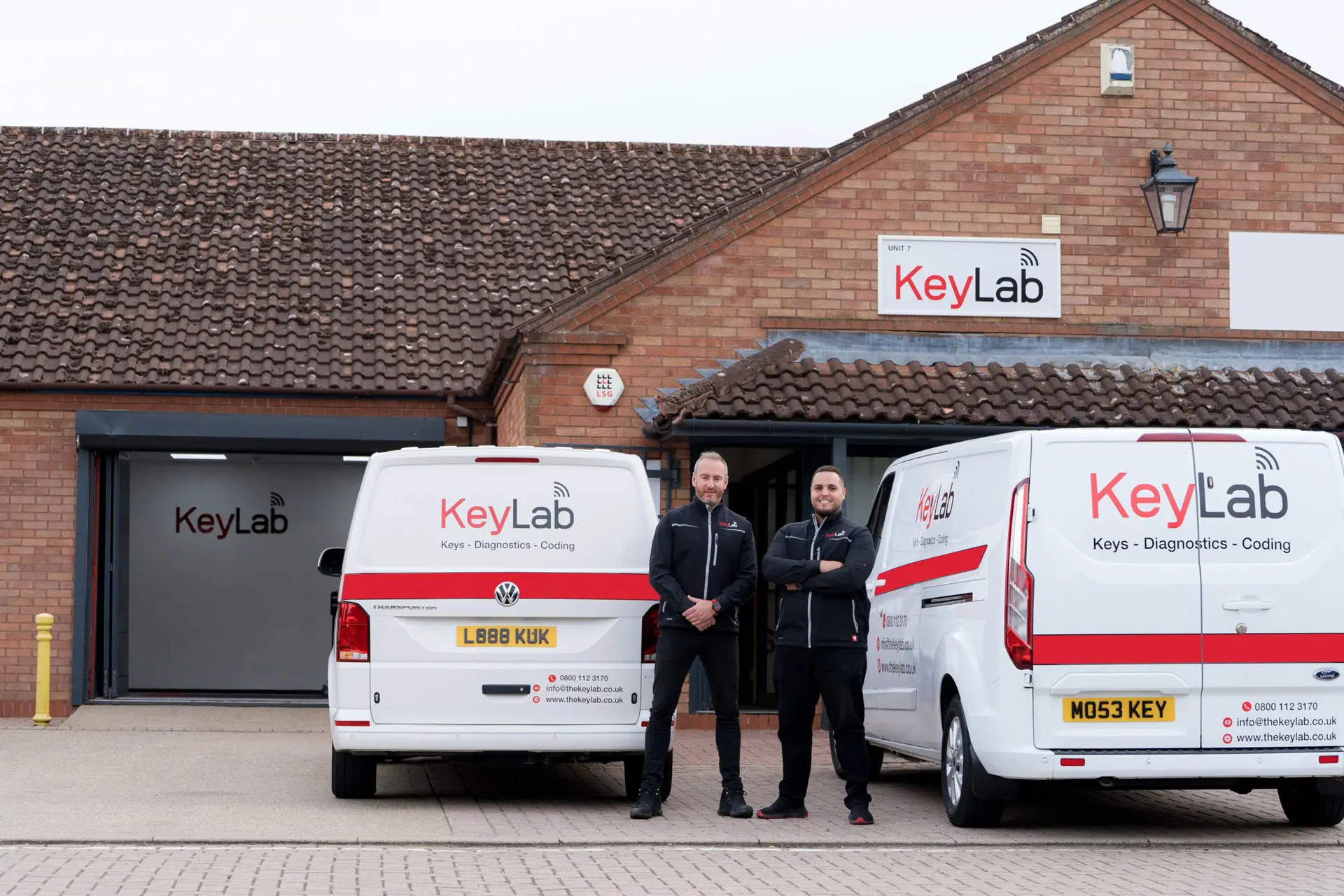Ten Easy Steps To Launch The Business You Want To Start Door Lock Repair Business

Comprehensive Guide to Door Lock Repair: Ensuring Security and Functionality
Door locks play an important role in protecting homes and businesses, providing assurance and safeguarding important assets. Nevertheless, over time, door locks might experience breakdowns or use out due to various elements. This article checks out the common issues connected to door locks, efficient repair strategies, and practical maintenance ideas for ensuring their durability and functionality.
Understanding Door Lock Types
Before delving into repair methods, it is crucial to understand the different types of door locks. Each type may provide unique issues requiring different approaches to repair. The most common door lock types consist of:
| Lock Type | Description | Common Issues |
|---|---|---|
| Deadbolts | Bolt that extends into the door frame for security. | Sticking, difficulty turning, misalignment |
| Knob Locks | Round lock found on doors. | Loose knobs, stuck key, broken springs |
| Lever Handle Locks | Lever-operated locks frequently found in business spaces. | Deal with looseness, lock cylinder issues |
| Smart Locks | Electronic locks controlled by means of app or keypad. | Connection issues, battery failure, software glitches |
Typical Lock Problems and Repair Techniques
1. Sticking or Jammed Locks
Symptoms:
- Difficulty turning the key
- Key gets stuck
- Lock feels stiff
Repair Steps:
- Lubrication: Apply a graphite-based lube to the keyhole and key system. Avoid oil-based lubricants, which can draw in dirt.
- Change: Check if the door or lock is misaligned. Adjust the screws or hinge positioning as necessary.
- Cleaning: Remove dirt and particles from the lock cylinder utilizing compressed air or a tidy cloth.
2. Loose or Wobbly Knobs and Handles
Signs:
- Knobs or handles fall out of place
- Extreme movement when turning
Repair Steps:
- Tightening Screws: Using a screwdriver, tighten up the screws that hold the knob or deal with in place.
- Replacing Washers: If elements are broken, consider changing washers or internal elements specific to the lock type.
3. Broken Key Issues
Symptoms:
- A key becomes stuck within the lock
- The key breaks off in the cylinder
Repair Steps:
- Retrieval: If a key breaks off, utilize a pair of needle-nose pliers to thoroughly draw out the piece from the lock.
- Key Replacement: For badly harmed keys, get a duplicate or rekey the lock to make sure security.
4. Misaligned Locks
Symptoms:
- The door does not close correctly
- Lock does not engage with the strike plate
Repair Steps:
- Adjust Hinges: Use a screwdriver to tighten or rearrange hinges.
- Straighten Strike Plate: If the lock bolt does not associate the strike plate, think about moving the plate slightly to accommodate the latch.
5. Smart Lock Malfunctions
Signs:
- Lock fails to react to keypads or smart device apps
- Connection concerns
Repair Steps:
- Battery Check: Replace the batteries within the smart lock if it shows signs of power failure.
- Software Update: Check for firmware or software application updates through the lock producer's application.
Preventive Maintenance Tips
Preserving door locks can lengthen their life-span and reduce the likelihood of malfunctions. Think about the following suggestions for efficient lock upkeep:
- Regular Lubrication: Apply graphite-based lubricant every six months to keep internal elements moving efficiently.
- Inspect Regularly: Periodically check locks for any signs of wear, misalignment, or damage.
- Protect Against Weather: For outside locks, think about utilizing weather-resistant locks and guarantee that they are routinely cleaned up to remove harsh elements.
FAQ Section
1. How frequently should I change my door locks?
It is advisable to change your door locks whenever you move into a brand-new home, experience a break-in, or your current locks reveal substantial wear. Regular evaluations can also guide timely replacement.
2. What can I do if my lock is frozen during winter?
Use a lock de-icer that is specifically developed for this scenario. Applying heat (like a hair dryer) may likewise assist, but be mindful of harming the lock.
3. Can I repair a lock myself?
Numerous minor lock concerns such as lubrication, tightening screws, and realignment can be fixed DIY. Nevertheless, if the issue is serious or needs a lock rekeying, professional help may be needed.
4. When should car key programming call a locksmith?
If your attempts to repair the lock fail or if you discover yourself locked out, it is best to consult a professional locksmith for help.
Investing time in understanding and performing door lock repairs can significantly improve the security and performance of your locks. Acknowledging common issues and proactively addressing them, while integrating preventive maintenance practices, can make sure that your door locks remain reliable for many years to come. Should problems continue or escalate, expert locksmith services are always available to safeguard your security requires.

